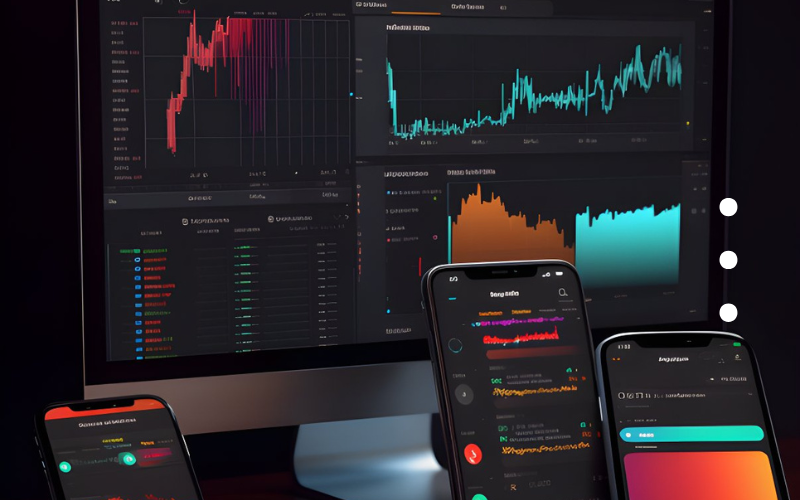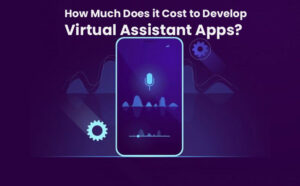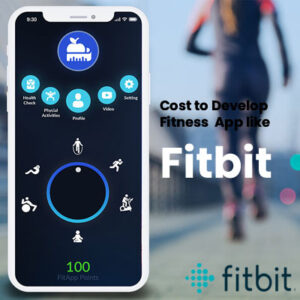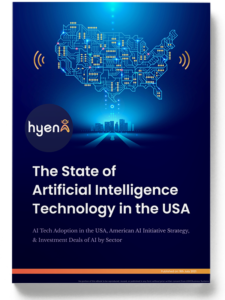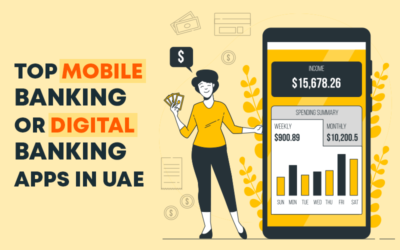How to Use AI for Options Trading: Implementation Explained?
How to Use AI for Options Trading: Implementation Explained?
Introduction to Artificial Intelligence in Options Trading
“Options Trading” refers to investment by speculation involving purchasing and selling contracts of options, which constitute a commitment to buy but no obligation to purchase or sell the underlying security for an agreed value on or prior to a common date of expiration. Whereas options are lucrative, they are highly speculative and risky, and therefore, the traders have to respond quickly with intelligent judgments in response to a myriad of situations, including price action and volatility.
Artificial Intelligence (AI) is well known and increasingly applied to trading to allow options traders to make decisions faster and smarter. AI employs advanced algorithms, Machine Learning (ML), and predictive data analytics to forecast market trends, identify profitable trades, and automate trading techniques. AI in options trading is not just for automation but also makes decision-making simple to grab investment opportunities that are actually difficult to detect by human.
Core Concepts of AI for Options Trading
- Machine Learning (ML): ML techniques learn from past market data and adopt changes according to new situations to identify patterns and trends, predicting the future market situation. Therefore, ML (machine learning) applications in trading options provides optimal performance in delivering value-added information, such as volatility and price action.
- Natural Language Processing (NLP): NLP is another AI technology, one that deals with computer-human language interaction. For options trading, NLP apps help in examining news headlines, earnings reports, and social media sentiment to identify sentiment. For example, through the analysis of the tone of news headlines, AI can predict how specific events will affect asset prices.
- Predictive Analytics: Predictive analytics are used by AI systems to forecast price movements in the future. They work based on history, market trends, and real-time data to provide recommendations that guide the trader to go long or short.
- Optimization Algorithms: Optimization algorithms help optimize the strategy by attempting different approaches and selecting the most optimal ones. For instance, AI can attempt tens of thousands of potential options strategies and select the best risk-reward profile to employ depending on the current market conditions.
- Reinforcement Learning (RL): RL is a ML approach that uses trial and error to learn the best way. In option trading, RL can be utilized in such a manner that strategy tweaking is done again and again and over and over again based on the market changes and previous performances and thus make it an incredibly effective tool for dynamic decision-making.
Implementation of AI in Options Trading
1. Data Collection and Preparation
Start using AI in options trading with the corresponding data collection. Option traders need mountains of data ranging from historical prices, options chains, and volatility indexes to less structured ones such as social sentiment through social media and stock market news.
AI applications operate on structured data and unstructured data. Structured data would be quantitative data such as share prices, while unstructured data would be opinionated data such as news sentiment, social media, and company earnings announcements.
Once collected, the data must then be preprocessed. Data cleaning aims to remove unwanted information, manage missing values through imputation, and reshape the data in a machine-readable format that the machine learning algorithm can process. Data quality has an impact on AI prediction accuracy.
2. Model Selection and Training
Following data preparation, the second step is to select an appropriate AI model for options trading. Machine learning and deep learning models are employed for that. The most popular models employed in option trading are
- Time Series Models: These use historical prices as an input in order to predict the future price. Some examples include ARIMA (Auto Regressive Integrated Moving Average) and LSTM (Long Short-Term Memory) networks, which are very convenient for forecasting stock price and volatility.
- Classification Models: AI Classification models identify order options according to their profit-generating potential. They can order options, for example, as having “high potential,” “moderate potential,” or “low potential” based on strike price, volatility, and expiration.
- Regression Models: Regression models predict continuous values like future asset prices or option probabilities of being in-the-money at expiration.
- Reinforcement Learning (RL): RL algorithms learn and are optimized by making trades against the market environment.
The second most important step is model training. The AI model learns to identify patterns when it is trained on past data. During training, the model fine-tunes its parameters so that it makes fewer prediction errors. The greater the data on which the AI model is trained, the more accurate its prediction will be.
3. Back Testing
Back testing is one of the most distinctive features of AI options trading. It is when the traders are experimenting with historical data in an attempt to back test the AI forecast to observe its performance without spending any actual capital.
Back testing helps determine whether the model has the capability of making money with trades from varying states of the markets.
For example, if a particular AI model is predicting a sudden drop in the price of a specific stock, back testing will reveal how well the model would have performed if the prediction had been made in the past. Back testing is meant to verify whether the AI model would always be superior to normal trading strategies.
4. Strategy Development
AI facilitates the creation of the optimal options strategy by combining heterogeneous models of forecasting with economics. AI can utilize the following techniques:
- Monte Carlo Simulation: A technique for simulating the probability of heterogeneous option value outcomes. Using simulations, AI can forecast the potential risk and return of a trade under different market scenarios.
- Option Pricing Models: AI will be able to utilize advanced pricing models like the Black-Scholes or the binomial models that calculate the theoretical option price. AI can be utilized by traders to discover if the options are underpriced or overpriced using market data and the theoretical prices.
- Portfolio Optimization: The software can build an option trade portfolio whose objectives are risk minimization and maximum return.
5. Real-time Trading and Decision Making
After the strategy is optimized and validated, AI can be implemented in real-time trading. AI will now execute a trade decision based on real-time information. It will execute an automatic trade or recommend a trade to human traders.
The quickest processing and analysis of data against human traders is the most prized property of AI in live trading. Options may be altered within the market within seconds. AI algorithms can select trends and trades performed and produce real-time revised forms, placing the trader in an advantageous position.
6. Risk Management
Options trading must be risk-managed since losses are enormous. AI risk-manages by tracking portfolio risk exposure using cutting-edge algorithms and adjusting positions. AI, for example, will simulate the likelihood of an option expiring out-of-the-money, calculate the impact of volatility, and calculate whether a position must be closed short in an effort to contain losses.
AI is capable of performing stop-loss and take-profit orders, which close the trade at pre-defined price levels automatically without being influenced by human error and emotional decision-making.
Challenges of Using AI in Options Trading
Although there are certain strengths, there are numerous challenges in employing AI in options trading:
- Data Quality: AI algorithms are highly data-quality sensitive. Lack of good-quality data can create wrong predictions, and that may result in loss.
- Market Complexity: Markets are subject to many variables that influence financial markets, such as geopolitical events, government policies, and international crises.
- Overfitting: Overfitting is the term that is used when the model gets too trained on the historical data and is not able to make any predictions from future data.
- High Implementation Cost: It is costly to maintain an AI trading systems.
Conclusion
Artificial intelligence in options trading offers traders advanced tools to predict direction in the market, simplify strategy, and track risks. From data gathering and model training to real performance and risk monitoring, AI will optimize decision-making and automate trade procedures to the next level in the continuously changing environment of options markets.
Ready to harness the power of AI in your trading strategy? Connect with Hyena.ai, the best AI app development company, today and stay ahead of the curve.

